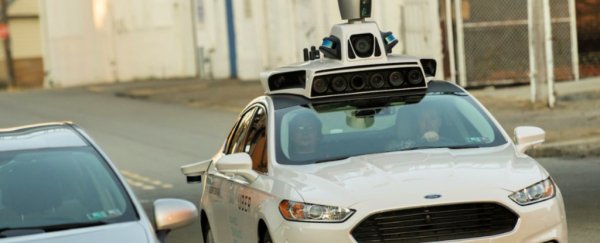A new study from the Georgia Institute of Technology suggests autonomous driving systems may have more difficulty detecting pedestrians with dark skin than those with light skin.
The researchers responsible for the study had eight image-detection systems analyse images of pedestrians. The people in the photos were separated into two groups based on how their skin tones aligned with the Fitzpatrick skin type scale, which divides skin tones into six categories.
One group consisted of pedestrians who fell into one of the three lightest categories on the Fitzpatrick scale, while the other group consisted of pedestrians who fell into one of the three darkest categories on the Fitzpatrick scale.
The image-detection systems then attempted to identify all of the pedestrians in the images, and the researchers compared the systems' abilities to detect light-skinned pedestrians versus dark-skinned pedestrians.
On average, the image-detection systems were 5 percent less accurate at detecting dark-skinned pedestrians, even when the researchers controlled for variables that may have been able to explain the disparity, like pedestrians who were partially blocked from view or the time of day the photo was taken.
The researchers suggested that the differences in pedestrian-detection accuracy could result from not having enough dark-skinned pedestrians in the images used to train the systems, as well as the systems' insufficient emphasis on learning from the smaller population of dark-skinned pedestrians.
While Vox notes that the study has not been peer-reviewed and did not use the same image-detection systems or image sets featured in current self-driving vehicles, the study suggests that companies developing autonomous-driving technology should be attentive to the methods they use to train vehicles to identify pedestrians.
This article was originally published by Business Insider.
More from Business Insider:
